Traditional Dyes and Crafts used in the Collections
Home | Janan | Poshan | Vardhan | Rakshan | Parayan
Natural Dyes:
Common Name: Acacia (Babool)
Botanical Name: Catechu
Range of colors: Shades of Brown
Medicinal Properties:
- Antifungal, antibacterial
- Used for treatment of parasitic infestation and itching
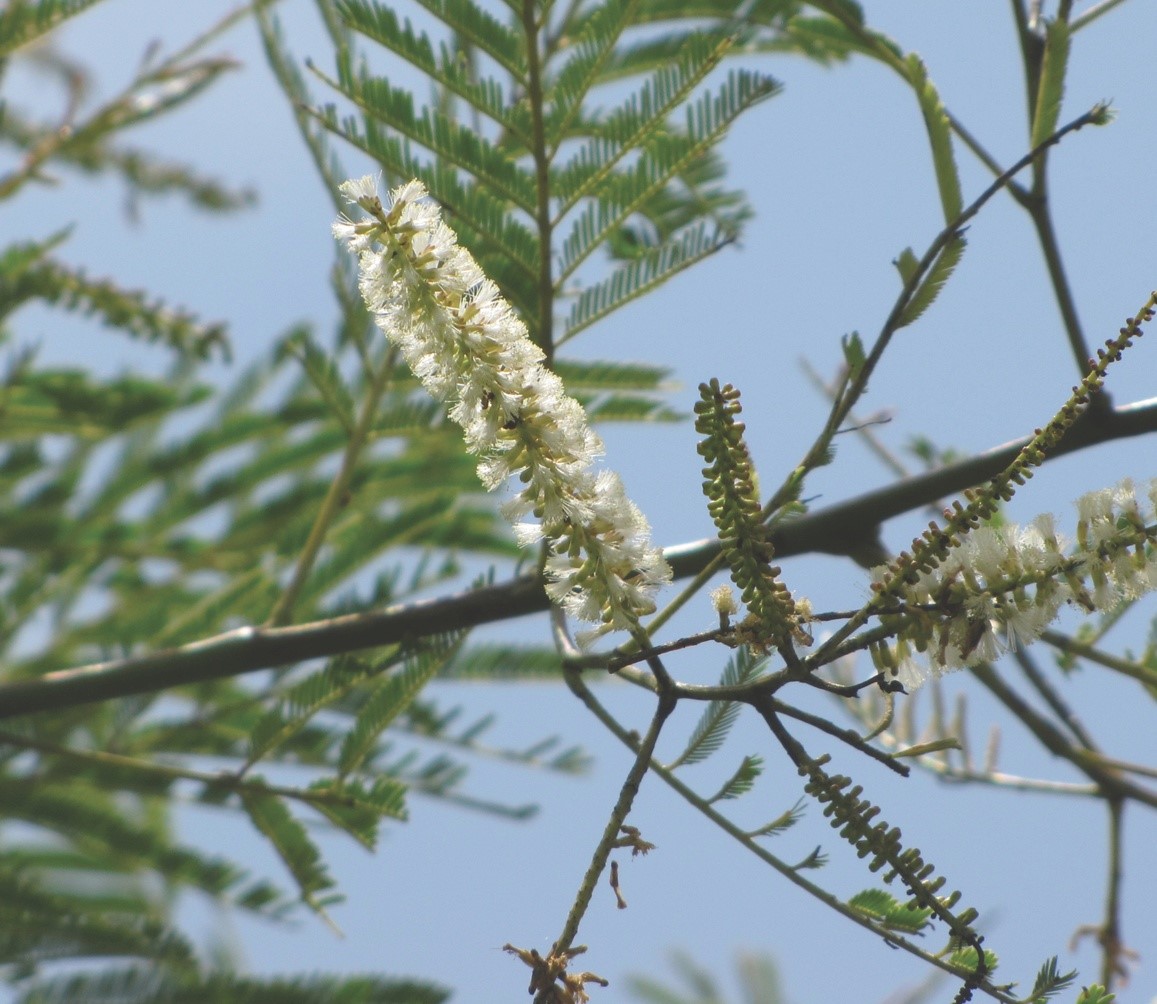
Image Source : https://indiabiodiversity.org/files-api/api/get/crop/img//Acacia%20catechu/Acacia_catechu_flower.jpg?h=500
Common Name: Arjuna
Botanical Name: Terminalia arjuna
Range of colors: Shades of Pink & Brown
Medicinal Properties:
- Medicinal value
- Cardiovascular support, hypertension, asthma
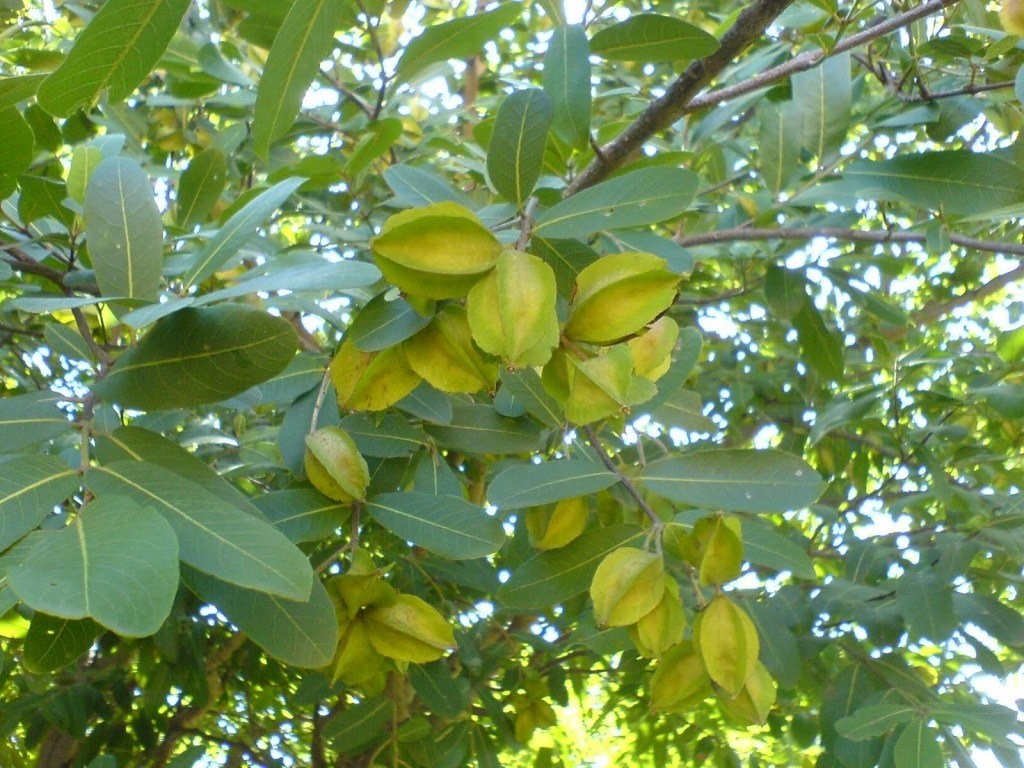
Common Name: Mahua
Botanical Name: Madhuca longifolia
Range of colors: Shades of Red & Brown
Medicinal Properties:
- Controls blood sugar levels
- Control diabetes
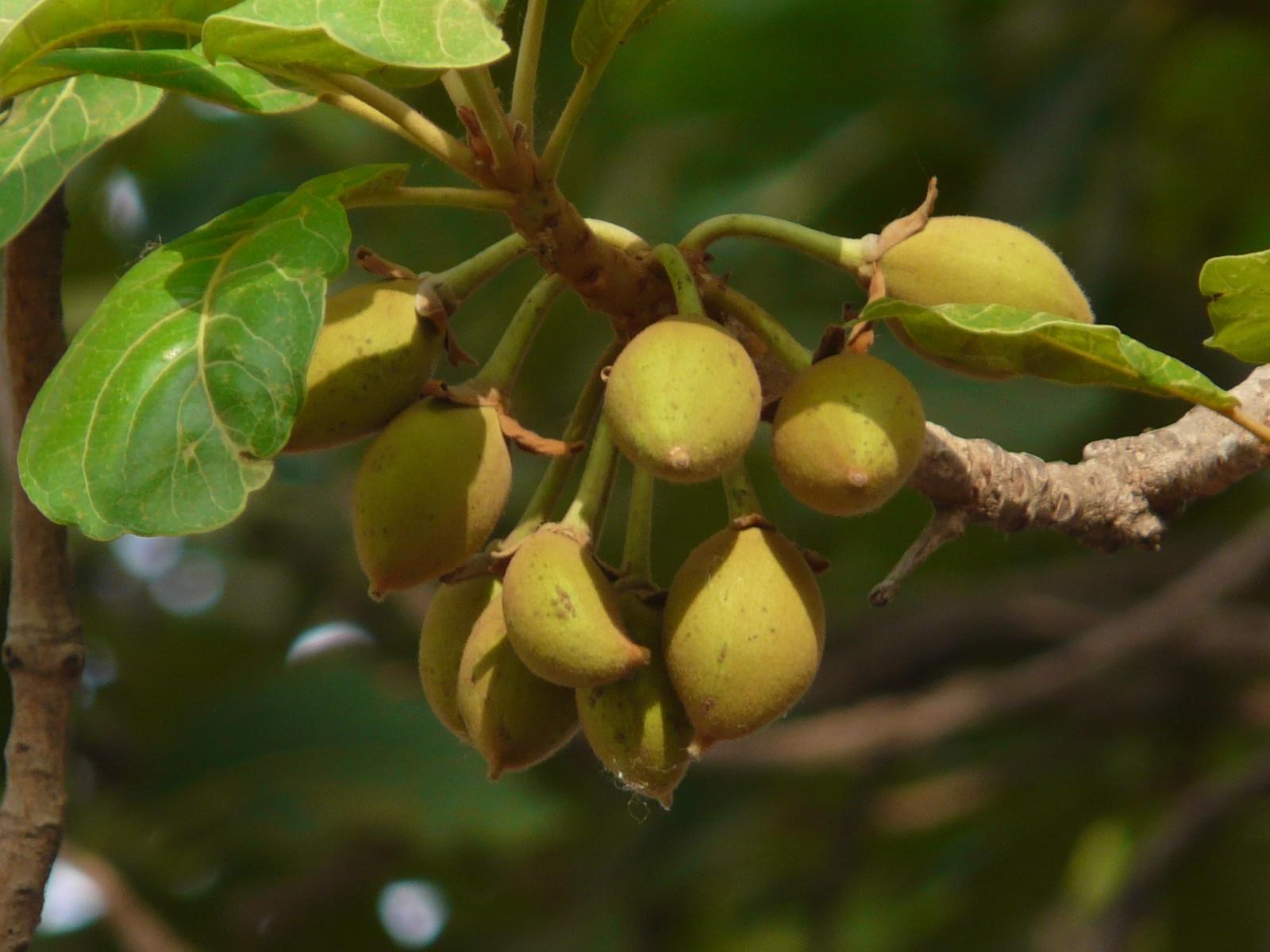
Image Source : https://m.media-amazon.com/images/I/41Ma3KYG8oL._SY300_SX300_QL70_ML2_.jpg
Common Name: Eucalyptus
Botanical Name: Eucalyptus globules
Range of colors: Shades of Yellow, Orange, Gray, Green & Brown
Medicinal Properties:
- Antiseptic
- Relieve congestion, prevent infection, ease muscle soreness
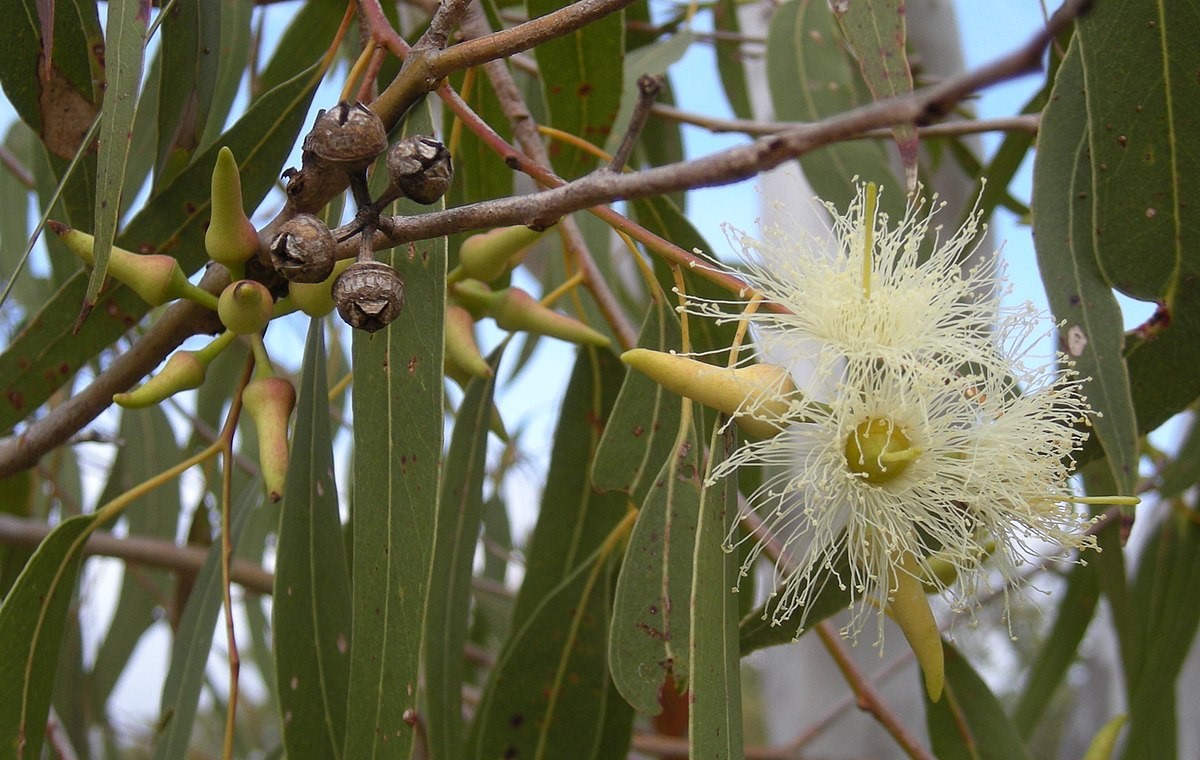
Common Name: Amaltas
Botanical Name: Cassia fistula
Range of colors: Shades of Yellow & Green
Medicinal Properties:
- Therapeutic effect
- Psoriasis
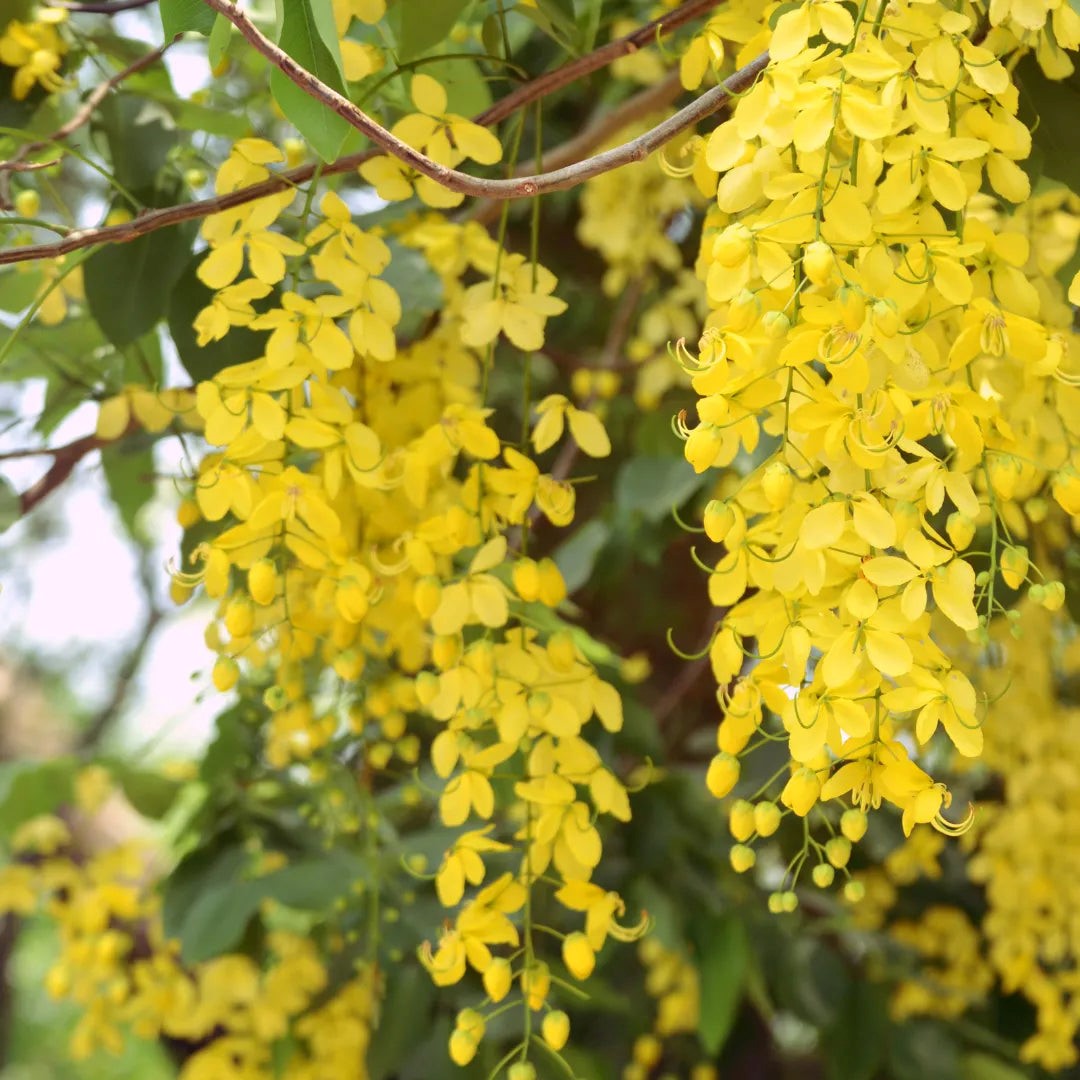
Common Name: Indigo
Botanical Name: Indigofera tinctoria
Range of colors: Shades of Blue & Green
Medicinal Properties:
- Antibacterial, antiallergy, antiseptic and aromatic, anti-inflammatory properties
- Controls cholesterol, helps reducing the insulin resistance, thus controls diabetes, boosts immunity, anaemia, skin diseases

Traditional Craft:
Craft Name: Mata Ni Pachedi
Location: Ahmedabad, Gujarat
Community: Chitara Community of Ahmedabad.
Similar Crafts in the world: Kalamkari, Phad Paintings, Pichwai, Tankha Painting
Mata-ni-Pachedi is a traditional art of painting on a piece of cloth practiced by the Chitara or Vaghari community in Gujarat. The term Mata-ni-Pachedi originated from Gujarati language, where Mata means ‘goddess’, ni means ‘belongs to’ and Pachedi means ‘behind’. When people of the nomadic Vaghari community were barred from entering temples, they made their own shrines with depictions of the Mother Goddess on the cloth. Conventionally, Mata ni Pachedi is a rectangular piece of fabric used as a canopy in a nomadic shrine which depicts the image of the main mother goddess at its centre.
Maroon (red) and black are the traditional colours used with the undyed surface of the cotton material as the third colours. Black is majorly used as the outlines for the icons and the motifs. The colours is meant to repel malevolent spirits and intensify spiritual energy. White is considered the colours of purity that connects with ancestral spirits and deities. Maroon (Red) colours of blood is associated with the goddess and is believed to possess healing powers. Bhuvo or bhuva were the priest who performed the rituals, Jagorais the singers who interpreted the pachedis and Chitaras the artists who paint the shrine hangings.
The Chitara painter draws directly on the fabric and fills the images by hand. Central image and surrounding figures vary in size and position as per the artist’s creative imagination.
Wooden blocks have now replaced a lot of drawn elements in the pachedi. Hand-drawn Mata ni Pachedi are done as exclusive piecesand are more expensive than the block-printed ones.
Process:
- The grey fabric is soaked in water for 24 hours to remove the starch.
- Fabric is then soaked in a paste of harad powder (Myrobalan) and water for about 10-15 minutes and dried in the sun.
- A sketching of the any one of the forms of Mata (Goddess) is drawn at the center and surrounded by other images usually derived from the Puranic myths.
- Outlines of the drawings are manually painted using bamboo stick/brush with black colours, which is prepared by heating a mixture of jaggery, scrap iron metal (iron sulphate) and kachuka atta (tamarind seed powder)
- The gaps to be given red colour are filled with a mixture of water, tamarind seed powder and alum.
- At this stage, the fabric looks yellow with black coloured figures on it. It is dried under direct sunlight.
- The fabric is boiled with alizarin which is a powder made from the root of the madder plant, traditionally used as a dye that reacts with alum to bring out the red colours.
- Dhawda ke phool (Dhawda flowers) are added once it reaches the boiling point and checked in intervals to maintain the white areas of the cloth where it is not painted.
- The craftsmen wash the cloth at the banks of river Sabarmati in Ahmedabad so that the excess colours flows away and doesn’t stain on the fabric.
- The fabric is finally spread on the banks for sun bleaching and drying.

Source :
Crafts Atlas of India : Jaya Jaitly
https://www.dsource.in/resource/mata-ni-pachedi-ahmedabad/introduction
https://www.dsource.in/resource/mata-ni-pachedi-ahmedabad/making-process
https://www.google.com/imgres?imgurl=https%3A%2F%2Fwww.civilhindipedia.com%2Fupload%2Fblog%2Fpost%2Fmata-ni-pachedi.jpg&tbnid=uq9zBmE2PFuVxM&vet=12ahUKEwj-t4Tn4fn_AhWHiGMGHeoNDGkQMygJegUIARD2AQ..i&imgrefurl=https%3A%2F%2Fwww.civilhindipedia.com%2Fblogs%2Fblog_post%2Fmata-ni-pachedi&docid=-bK8Q9E87WV4qM&w=1455&h=924&q=mata%20ni%20pachedi&hl=en-GB&client=safari&ved=2ahUKEwj-t4Tn4fn_AhWHiGMGHeoNDGkQMygJegUIARD2AQ
Craft Name: Madhubani Painting
Location: Madhubani, Bihar
Community: Brahmin, Kasathya, Dusadh
Similar Crafts in the world: Gond Painting, Pithora painting, Pattachitra, Sohrai Painting
Mithila painting or Madhubani painting, is a style of Indian painting practiced in the Mithila region of Bihar and the adjoining parts of Terai in Nepal. Madhubani literally means forests of honey. These paintings were done traditionally by the women on freshly plastered mud walls and floors of huts but now they are also done on cloth, handmade paper and canvas. The paintings use two-dimensional imagery to mark occasions such as birth, marriage, death in a family, festivals such as holi, surya shasti, and ceremonies such as kali puja, durga puja and the sacred thread ceremony.
The tradition of painting walls for beautification of dwellings in Mithila is believed to have survived from the time of the epic Ramayana. Tulsidas gives a vivid account of Mithila decorated for the marriage of Sita with Ram. The Kohbar Ghar is replete with paintings based on mythological and folk themes, as well as tantric symbolism. The painting in this chamber are designed to bless the couple. The central theme of all the painting is love and fertility, though the approach may vary. The divine beings are positioned centrally in the frame while their consorts, mounts or their symbols and floral motifs form the background. The human figures are generally abstract and linear form, and the animals are usually naturalistic and are depicted in profile.
The painting begins with the flow of the brush without any preliminary sketching. In present time, twigs have been replaced by brushes and artificial paints have taken the place of natural colours.
Process:
- The artist decides the subject of the painting and accordingly draws a rough sketch with pencil on the paper or canvas. The shapes and figures are outlined with black paint using nib-pens or brush, in the case of fabric.
- The forms are filled with natural dyes and pigments (now replaced by fabric colours for their longevity) using brushes, twigs and fingers. Generally, no space is left empty.
- The gaps between main forms are filled with flowers, animals, birds and even geometric designs.
Madhubani paintings have been classified into three distinct styles:
- Kachni style of painting employs only one or two colours, black and vermillion. The artists rely on delicate fine lines enlivened with a variety of patterns using hatching and stippling. Kachni literally means ‘line’. This style is usually practised by the Kayasta community.
- Bharni style of painting employs bold black outlines to clearly define the subject. The enclosed areas are filled with vibrant colours. The style is flat with no attempt at creating depth or ‘shading’. Bharni literally means ‘filling’. This style is practised by the Brahmin community in particular.
- Godhana style consists of small stick like figures geometrically organized in parallel lines, concentric circles or rectangles similar to tattooing. Some of the paintings are then filled with colour, others simply drawn in black. Some of the artists use a gobar (cow-dung) wash on the paper, creating a background closer to that of the wall paintings. Tattoo paintings are generally painted by the Dusadh community.

Source :
Crafts Atlas of India : Jaya Jaitly
https://www.dsource.in/resource/madhubani-paintings-bihar/introduction
https://www.dsource.in/resource/madhubani-paintings-bihar/process
https://indianfolkart.org/product/krishna-mithila-madhubani-art-12-x-20/
Craft Name: Kalamkari Painting
Location: Srikalahasti, Andra Pradesh
Community: NA Similar Crafts in the world: Mata-ni-Pachedi, Phad Painting, Pichwai, Tankha Painting
Kalamkari, which literally means “pen-worked,” is a multi-step process for creating designs on cloth. It is a type of hand-painted or block-printed cotton textile, produced in parts of India and Iran. Its name is Persian in origin, derived from the words qalam i.e., pen and kari referring to craftmanship which means – “drawing with a pen”. Natural mordants and dyes are used in kalamkari.
The cloth is first stiffened by being steeped in astringents and buffalo milk and then dried in the sun. The red, black, brown, and violet portions of the designs are outlined with a mordant, and the cloth is boiled in a bath of alizarin. The cloth is then covered with wax, except for the parts to be dyed blue, and placed in an indigo bath. Afterwards, the wax is scraped off and the areas to be coloured yellow or pale green are painted by hand.
There are two distinctive styles of kalamkari art in India – the Srikalahasti style and the Machilipatnam style. In the Srikalahasti style of kalamkari, the “kalam” or pen is used for freehand drawing of the subject and filling in the colours, is entirely hand worked. This style flourished around temples and so had a strong religious identity – scrolls, temple hangings, chariot banners made with kalamkari in this style depicted deities and scenes taken from the Hindu mythological classics. The Machilipatnam style is associated with the trade textiles particularly chintz that were painted and printed for export to Europe and Great Britain.
Some innovative artists are turning to more contemporary subjects and kalamkari fabric is used to make a range of utility and decorative items like bags, saris, file covers, cushion covers, bedsheets and pouches.
Process:
- Initially the cotton cloth, locally known as Gaada is immersed in water overnight to remove the impurities and starch in it.
- The washed cloth is then treated in a solution which is made by mixing Myrobalan bud paste (Karakapinde locally), Myrobalan flower paste (Karakapoovulocally) and buffalo milk. The cloth obtains a distinct yellowish colours in this treatment. This process is done to smoothen the cloth and also to avoid the spreading of the fill and outline colours.
- The initial sketching is done on the processed cloth using charcoal which is obtained by burning tamarind branches. The thin detailing parts are drawn using pencil.
- The sketching is done based on the traced design with the help of Kalam using kasim kaaram.
- The dye colours contacts the cloth when the artisan squeezes the cotton ball of Kalam slightly. This black colours turns darker when it reacts with Myrobalan-treated cloth.
- The red colours is obtained by mordanting the cloth with alum. During this process, the areas which are intended to be red are painted with alum solution. While painting, The Kasim Kaaram-Iron solution is mixed with the alum to obtain the darker red shades.
- The colour filling is done carefully using tapered-edged Kalam. Tapering is done by chisel.
Colours making:
Yellow: Myrobalan flower and alum are grounded into powder and mixed with water. This solution is boiled and cooled to obtain yellow colours.
Light Yellow: Pomegranate skin is dried and mixed with alum to obtain light yellow colours.
Green: Myrobalan flower, Kasim Kaaram and alum is mixed with water and boiled to obtain green colours.
Rose: Chavalakodi root powder and alum is mixed with water to obtain rose colours.
Blue: Blue is extracted from natural indigo.

Source :
https://www.tallengestore.com/cdn/shop/products/Ramayana_-_Kalamkari_ff9d06e2-cf24-4331-a573-7ed311c6fb08_grande.jpg?v=1570245922
https://www.dsource.in/resource/kalamkari-painting/making-process
https://www.dsource.in/resource/kalamkari-painting/introduction
Craft Name: Pichwai Painting
Location: Nathdwara, Udaipur, Rajasthan
Community: Brahmin
Similar Crafts in the world: Mata-ni-Pachedi, Phad Painting, Kalamkari, Tankha Painting
Pichwai (pichvai) is a style of painting that originated over 400 years ago, in the town of Nathdwara near Udaipur in Rajasthan, India. Intricate and visually stunning, pichwai paintings, made on cloth, depict tales from Lord Krishna's life. Creating a pichwai can take several months, and requires immense skill, as the smallest details need to be painted with precision. Lord Krishna is often depicted as Shrinathji in Pichwais, which is the deity manifested as a seven-year-old child. Other common subjects in pichwai paintings are Radha, gopis, cows and lotuses. Festivals and celebrations such as Sharad Purnima, Raas Leela, Annakoot or Govardhan Puja, Janmashtami, Gopashtami, Nand Mahotsav, Diwali and Holi are frequently depicted in Pichwais.
The word Pichwai comes from 'pichh' meaning back, and 'wai', meaning textile hanging. They are made by members of the Pushti Marg sect, founded by Shri Vallabhacharya in the 16th Century. Originally, pichwai paintings were used to decorate the temple of Shrinathji (Shrinathji ki Haveli) in Nathdwara, hung behind the deity to celebrate different seasons, festivals and events in Lord Krishna's life. Over time, pichwais also found a place in the homes of art connoisseurs, owing to their visual appeal.
Process:
- The making of a traditional Pichwai can take a couple of weeks that can even stretch to months. Originally Pichwai was painted on the handspun starched cotton fabric.
- The artisans sketched the painting on the starched cloth, creating beautiful and decorative imagery.
- The images were then painted with completely organic and natural colours, paints and even natural brushes.
- These colours were obtained from coal, indigo, gold, silver saffron, zinc, and other natural sources. The bright and intense colours like yellow, green, black, red dominate the Pichwai. The ornate part would get the pure Gold as colours.
- The borders are enhanced with crystals and other decorative elements.
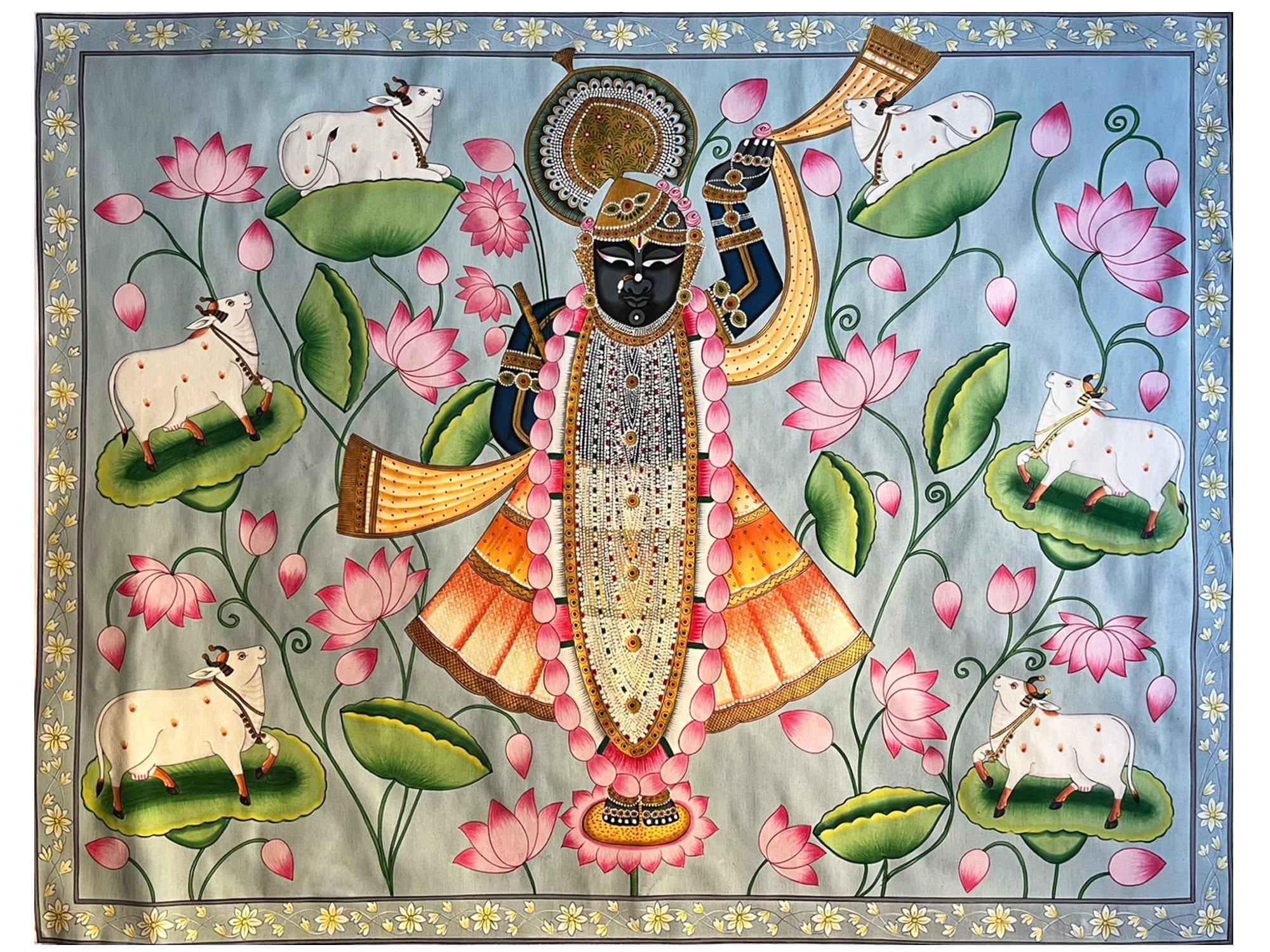
Source :
Crafts Atlas of India : Jaya Jaitly
https://cdn.exoticindia.com/images/products/original/paintings-2019/pab355.jpg
https://www.artisera.com/collections/pichwai
https://thehouseofthings.com/pub/media/catalog/product/cache/image/750x500/e9c3970ab036de70892d86c6d221abfe/l/e/leela_on_the_ghats_-1800x1200-01.jpg

